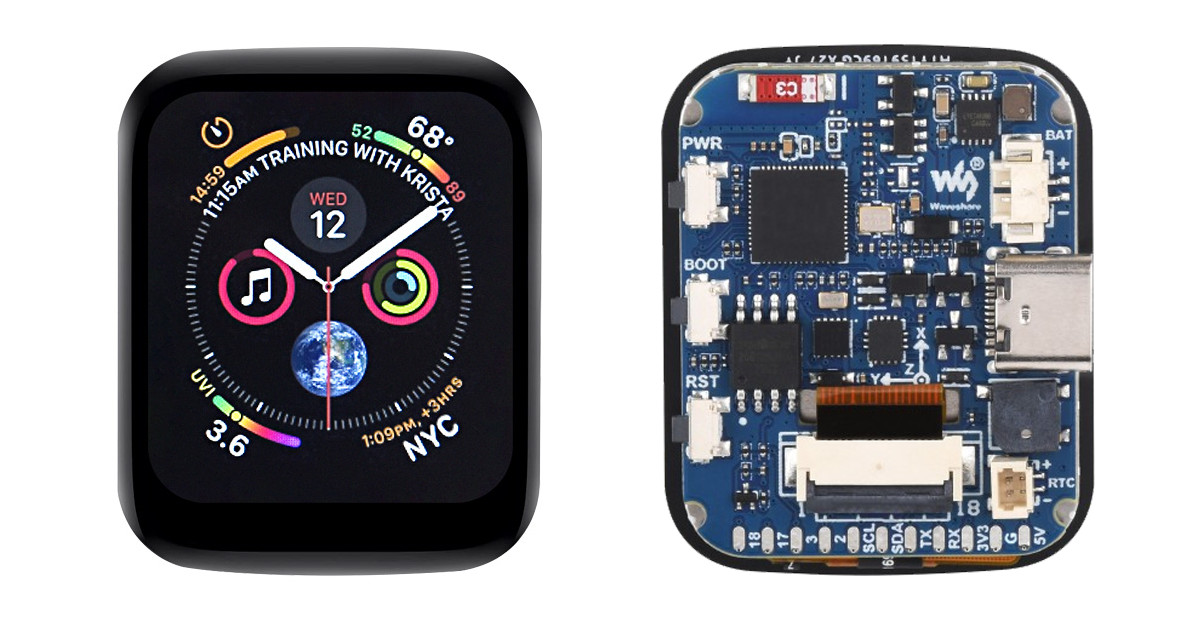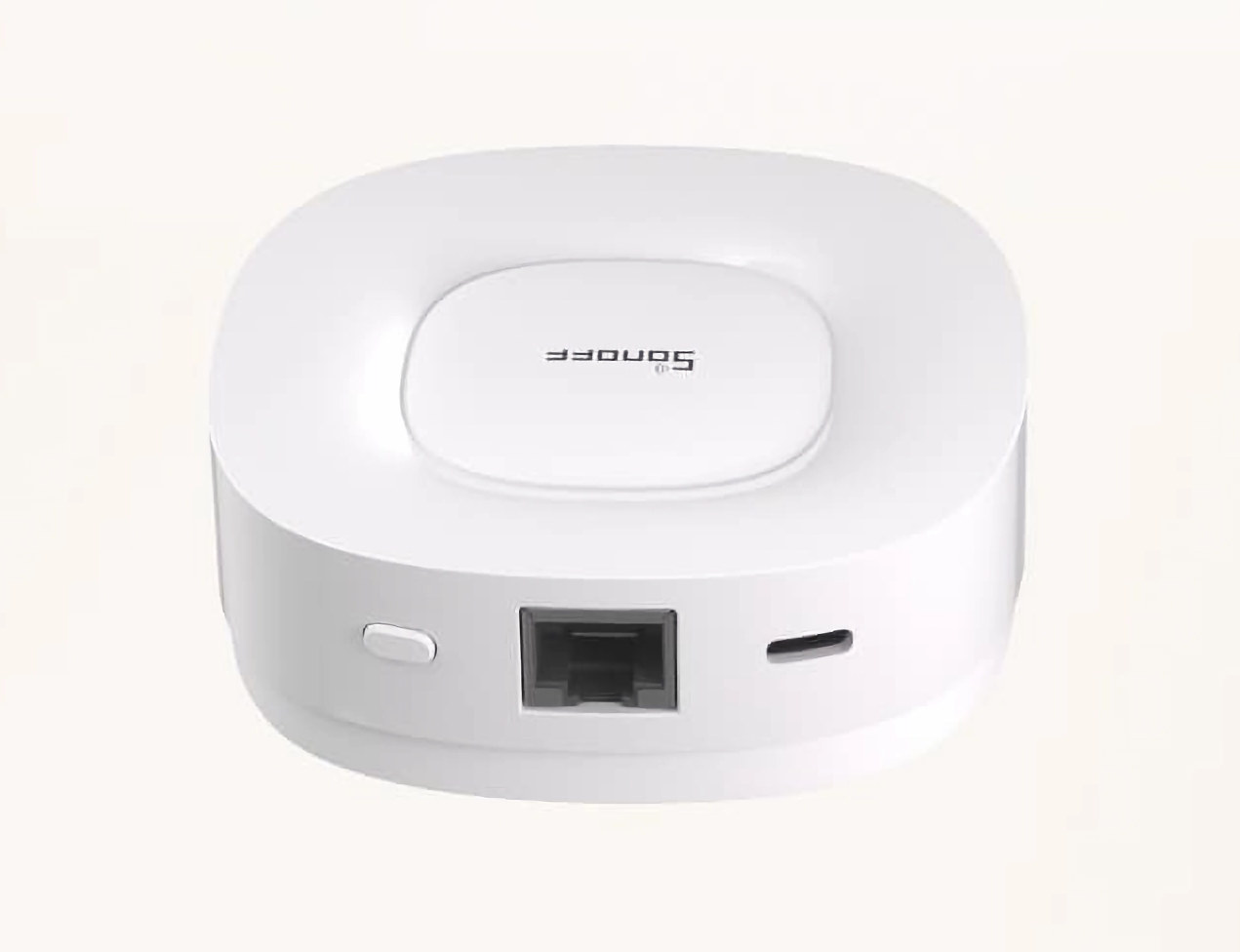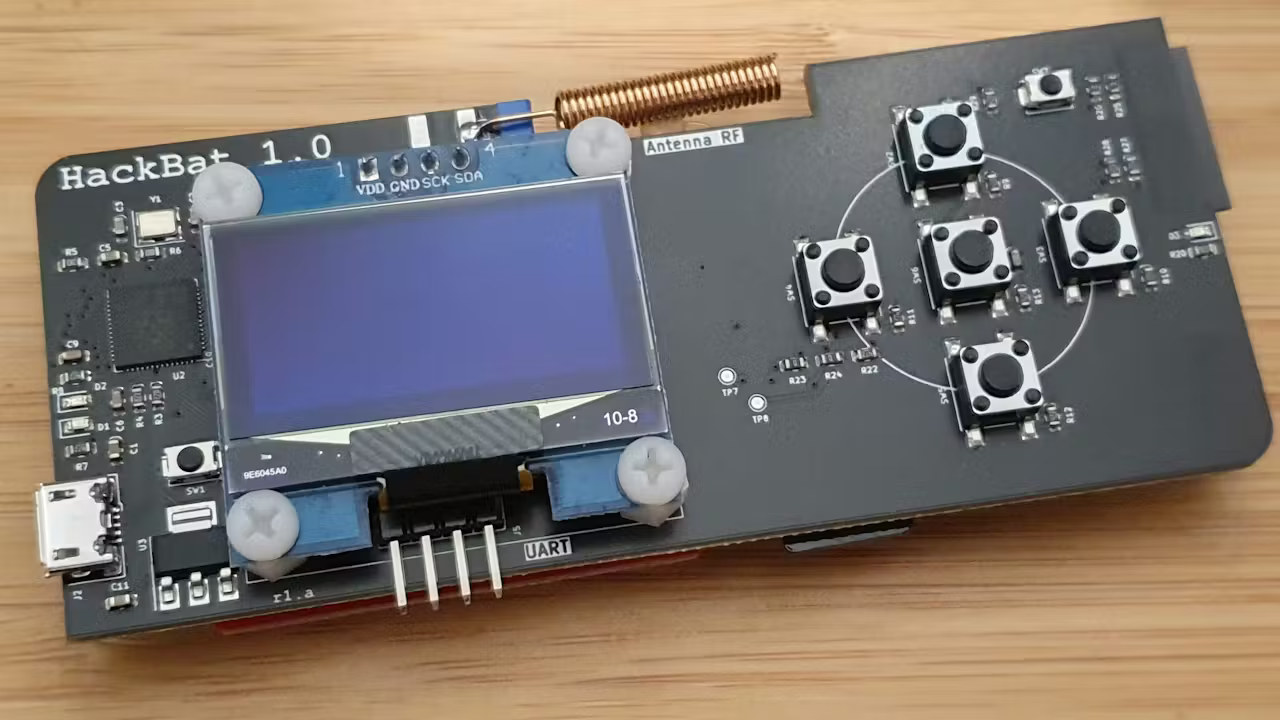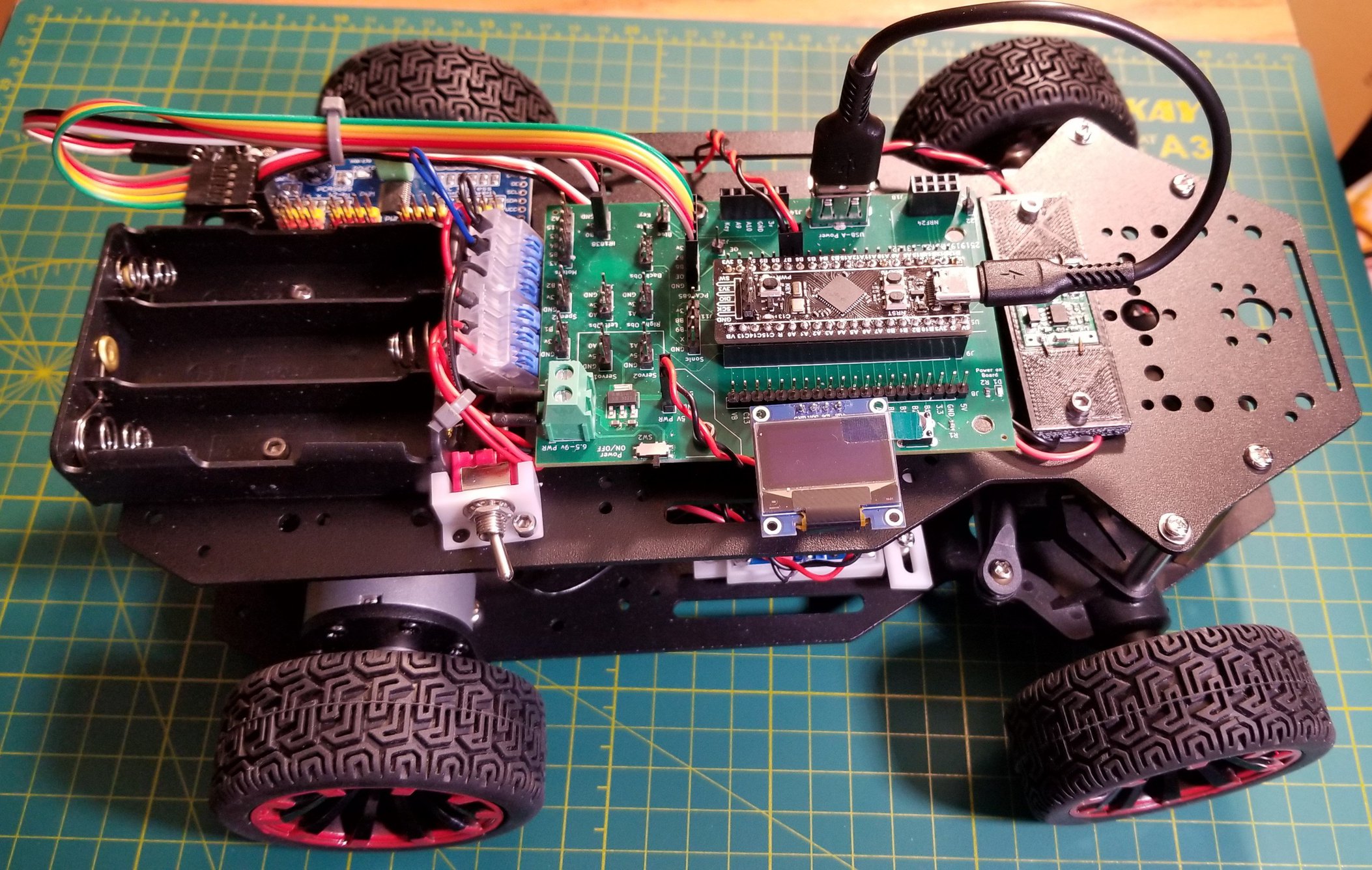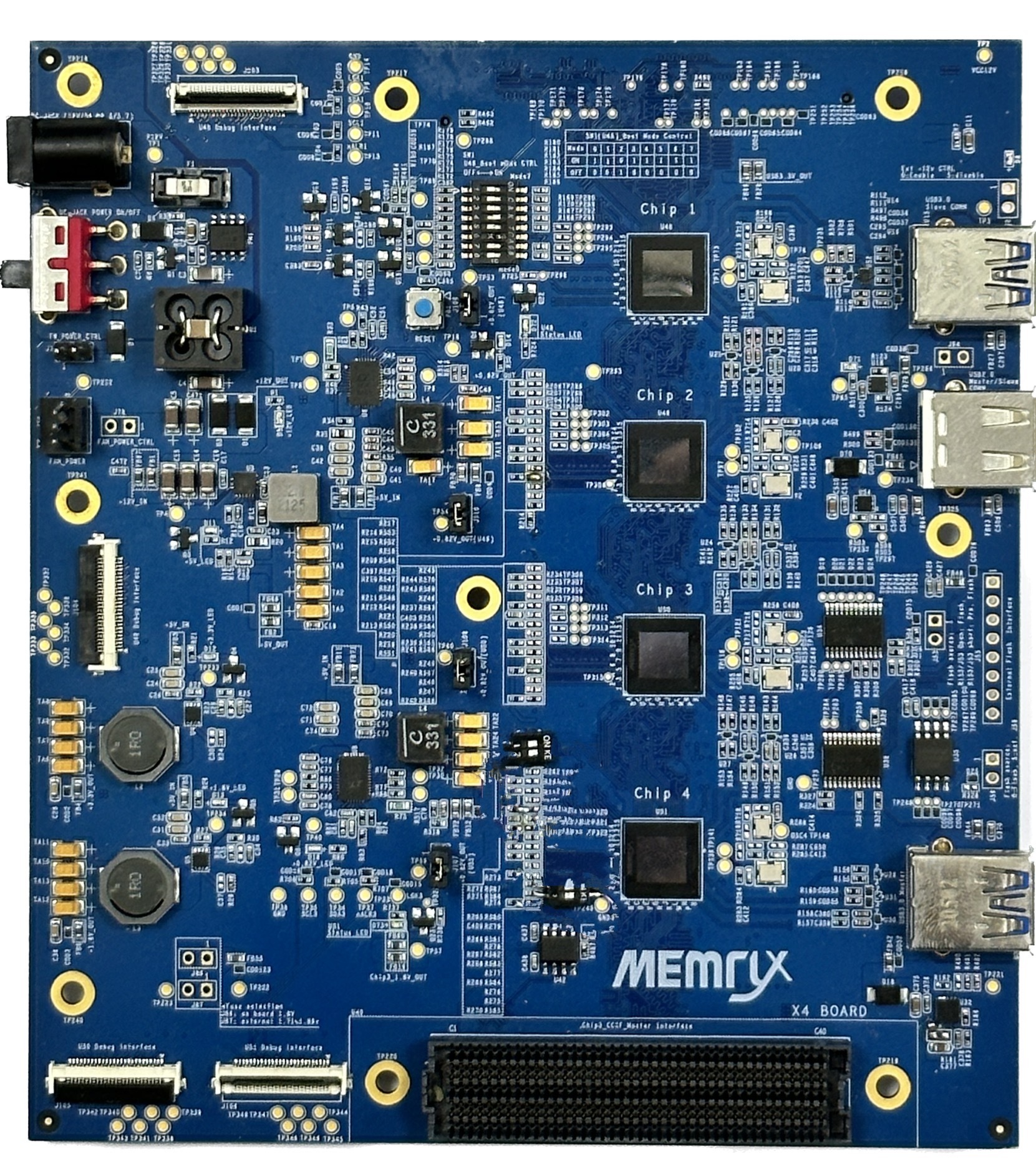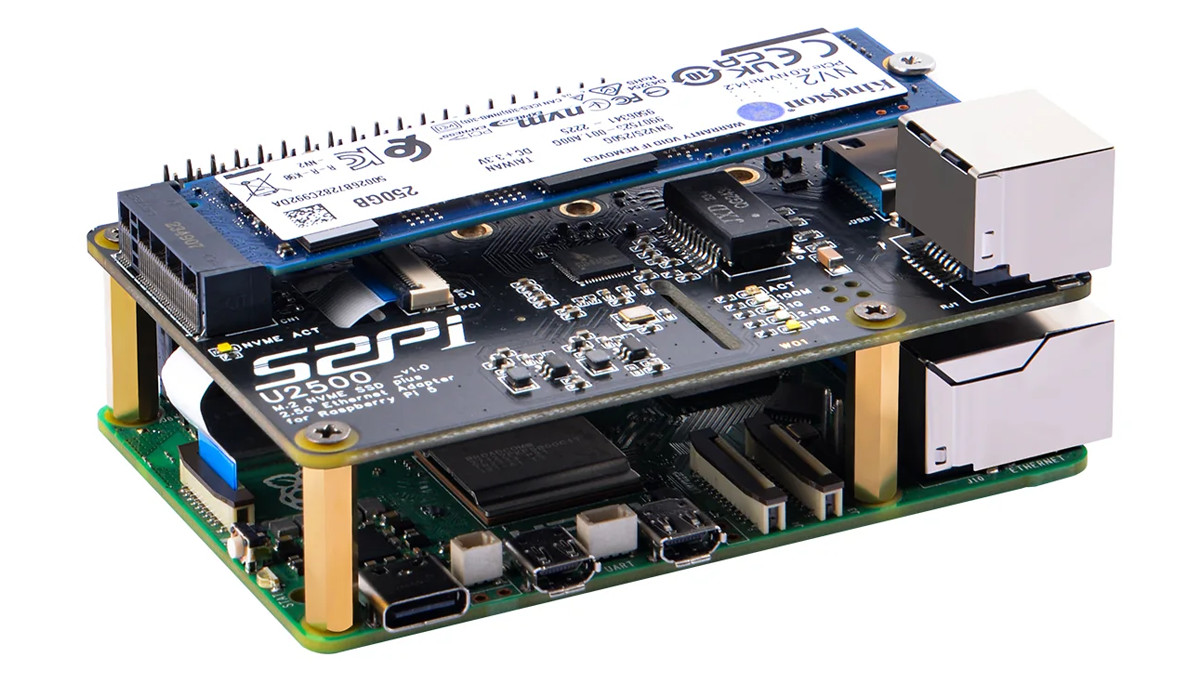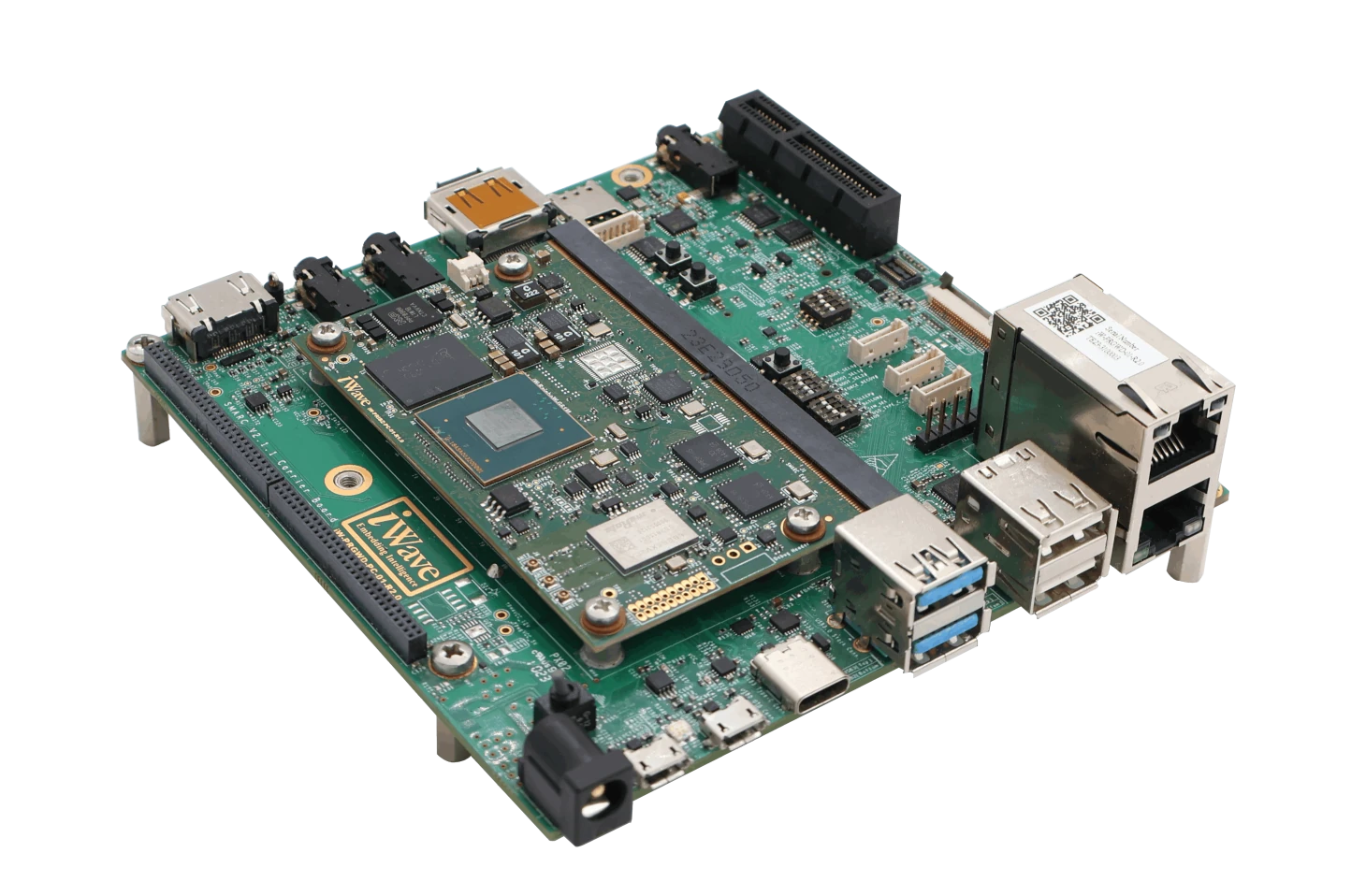The e Foundation has just announced the release of the /e/OS v2 Android-based Google-free open-source mobile operating system with an improved launcher, support for Android Auto, a “Wall of Shame” to identify the most leaking apps and tracker, QR Code scanning support in the camera app, and more. Most Android smartphones come with Google services which may be convenient (and help keep Android free), but come at the loss of the users’ privacy. That’s why the e Foundation started offering e/OS over five years ago to offer a privacy-focused version of Android without Google services on specific phones. The project has evolved over the years, over 200 mobile devices are supported officially and unofficially, and Murena, a for-profit company, has also been established to sell e/OS smartphones and cloud services. /e/OS v2 highlights and changes: Based on LineageOS 20 with the latest bug fixes and security updates (itself based on […]
ESP32-S3 1.69-inch touch display features 6-axis IMU, RTC, UART, and more
The Waveshare ESP32-S3 1.69-inch touch display is a development board that uses an ESP32-S3 as the main controller. The board features a 240×280 touchscreen LCD that supports 262K colors and is equipped with an accelerometer, gyroscope, RTC, battery management IC, and a USB-C port for programming and power. Previously we wrote about the Waveshare ESP32-S3-LCD-1.28 1.28-inch fully rounded LCD screen that is also built around an ESP32-S3 MCU, and we have also recently written about the similar-looking Waveshare 1.69-inch IPS touch LCD with no onboard MCU that is meant to connect to Raspberry Pi, ESP32-S3, Raspberry Pi Pico, Arduino, STM32, and other boards with I2C or SPI interfaces. ESP32-S3 1.69-inch touch display board specifications: Wireless MCU – Espressif Systems ESP32-S3R8. CPU – Dual-core Tensilica LX7 @ up to 240 MHz with vector instructions for AI acceleration. Memory – 512KB RAM, 8MB PSRAM ROM – 384KB Connectivity – 2.4 GHz WiFi […]
SONOFF Zigbee Bridge Ultra (ZBBridge-U) Zigbee 3.0 gateway and Matter Bridge supports up to 256 sub-devices
SONOFF Zigbee Bridge Ultra, also known as ZBBridge-U, is a Zigbee 3.0 gateway and Matter Bridge powered by a 1.5 GHz Rockchip RV1109 dual-core processor and equipped with Silicon Labs EFR32MG21 multiprotocol SoC. The gateway also offers WiFi and Ethernet connectivity and supports up to 256 Zigbee 3.0 sub-devices improving on the 128 sub-devices supported by the earlier SONOFF ZBBridge-P (ESP32+CC2652P) that also lacks Matter support. The new ZBBridge-U gateway further implements a Turbo mode increasing the line-of-sight range to up to 200 meters. SONOFF Zigbee Bridge Ultra (ZBBridge-U) specifications: SoC – Rockchip RV1109 dual-core Arm Cortex-A7 @ 1.5 GHz with RISC-V MCU @ 400 MHz, 2D graphics engine, 1.2 TOPS NPU, 5MP H.264 and H.265 hardware video decoder and encoder System Memory – 1GB DDR4 Storage – 8GB eMMC flash for the OS Connectivity 10/100M Ethernet RJ45 port 2.4GHz WiFi 4 Zigbee 3.0 via Silicon Labs EFR32MG21 SoC with […]
HackBat – DIY open-source hardware Flipper Zero alternative features Raspberry Pi RP2040 MCU, ESP8266 WiFi module, RF transceiver…
HackBat is an open-source hardware pen-testing device designed for hackers and makers and equipped with a Raspberry Pi RP2040 microcontroller, an ESP8266 WiFi module, a sub-GHz RF transceiver, NFC, an OLED display, and more… It’s basically a DIY alternative to the popular Flipper Zero wireless hacking tool, that you can produce and assemble yourself. The Flipper Zero was the victim of its own success with the Canadian government (wrongly) claiming it could easily be used for car theft and planning to ban it (status still unclear right now), so Flipper Zero alternatives such as the M1 multitool device got some traction as backup solutions with some extra features. But any closed-source device could eventually be banned, something that’s close to impossible for an open-source hardware device like the HackBat although policymakers could still decide to impose heavy fines if they wanted to make this type of device illegal… HackBat key […]
Easily build a robot car with the Car Base Board for the STM32F411 “Black Pill” board
The Car Base Board from Applying Microcontroller Solutions is a modular platform for building robot car projects powered by the WeAct Studio Black Pill development board. The Black Pill board is an upgrade to the “Blue Pill 2” board and features the STM32F411CEU6 microcontroller running at 100MHz with 512 KB of flash memory, 128 KB SRAM, and a USB Type-C port for power and programming. The Care Base Board printed circuit board is a base controller that takes hardware expansions such as wireless modules, servos, and sensors to monitor and control a robot car. The onboard headers provide a straightforward way to wire these connections and help prevent a tangled mess (rat’s nest) of wires. The PCB’s design makes it easy to use widely-available, “generic” devices and boards in development and to power all of them with batteries. It also allows the developer to select their favorite wireless communication device. […]
MemryX MX3 edge AI accelerator delivers up to 5 TOPS, is offered in die, package, and M.2 and mPCIe modules
Jean-Luc noted the MemryX MX3 edge AI accelerator module while covering the DeGirum ORCA M.2 and USB Edge AI accelerators last month, so today, we’ll have a look at this AI chip and corresponding modules that run computer vision neural networks using common frameworks such as TensorFlow, TensorFlow Lite, ONNX, PyTorch, and Keras. MemryX MX3 Specifications MemryX hasn’t disclosed much performance stats about this chip. All we know is it offers more than 5 TFLOPs. The listed specifications include: Bfloat16 activations Batch = 1 Weights: 4, 8, and 16-bit ~10M parameters stored on-die Host interfaces – PCIe Gen 3 I/O and/or USB 2.0/3.x Power consumption – ~1.0W 1-click compilation for the MX-SDK when mapping neural networks that have multiple layers Under the hood, the MX3 features MemryX Compute Engines (MCE) which are tightly coupled with at-memory computing. This design creates a native, proprietary dataflow architecture that utilizes up to 70% […]
52Pi W01 U2500 HAT adds 2.5GbE and NVMe SSD support to Raspberry Pi 5 SBC
Designed specifically for the Raspberry Pi 5 SBC, the 52Pi W01 U2500 HAT offers support for M.2 M-key NVMe SSDs (2230, 2242, 2260, and 2280) along with a 2.5GbE (2.5 Gbps Ethernet port) using a Realtek RTL8156BG chipset. The most interesting thing about this board is its connectivity – the M.2 SSD is driven directly by the Raspberry Pi’s PCIe port that supports Gen2 & Gen3 standards. However, the 2.5Gbps Ethernet port requires a connection to one of the Pi’s USB ports using a specialized USB-to-USB adapter included by 52Pi. Previously, we have seen 52Pi come up with very innovative and interesting HATs for Raspberry Pi including 52Pi P02 PCIe expansion board, 52Pi NVdigi Expansion Board, 52Pi CM4 Router Board, and many other products. If you want to try something new with your Raspberry Pi, feel free to check those out. 52Pi W01 U2500 2.5Gbps Ethernet + NVMe HAT specifications: […]
NXP i.MX 95 SMARC 2.1 system-on-modules – ADLINK LEC-IMX95 and iWave iW-RainboW-G61M
Several companies have unveiled SMARC 2.1 compliant system-on-modules powered by the NXP i.MX 95 AI SoC, and today we’ll look at the ADLINK LEC-IMX95 and iWave Systems iW-RainboW-G61M and related development/evaluation kits. The NXP i.MX 95 SoC was first unveiled at CES 2023 with up to six Cortex-A55 application cores, a Cortex-M33 real-time core, and a low-power Cortex-M7 core, as well as an eIQ Neutron NPU for machine learning applications. Since then a few companies have unveiled evaluation kits and system-on-modules such as the Toradex Titan evaluation kit or the Variscite DART-MX95 SoM, but none of those were compliant with a SoM standard, but at least two SMARC 2.1 system-on-modules equipped with the NXP i.MX 95 processor have been introduced. ADLINK LEC-IMX95 Specifications: SoC – NXP i.MX 95 CPU Up to 6x Arm Cortex-A55 application cores clocked at 2.0 GHz with 32K I-cache and D-cache, 64KB L2 cache, and 512KB […]



